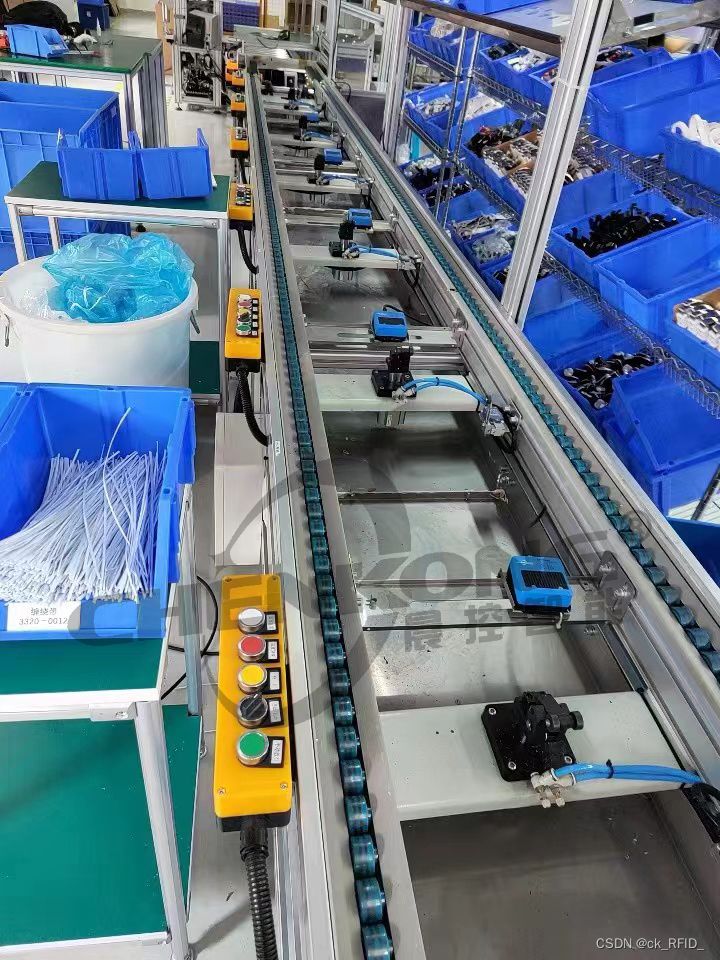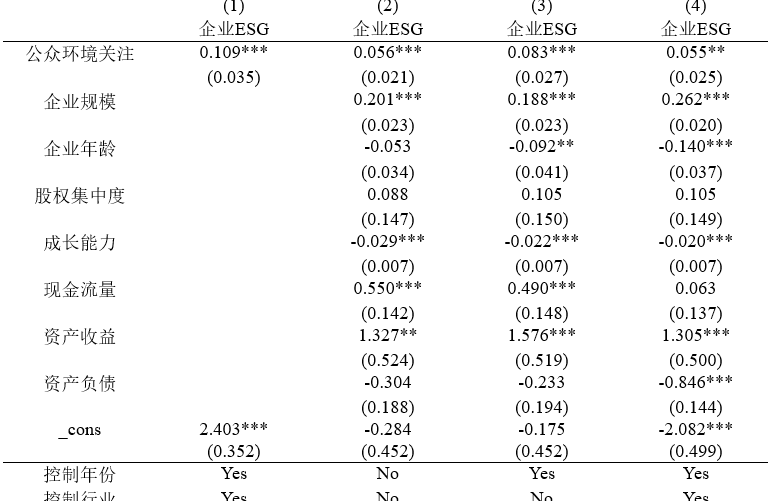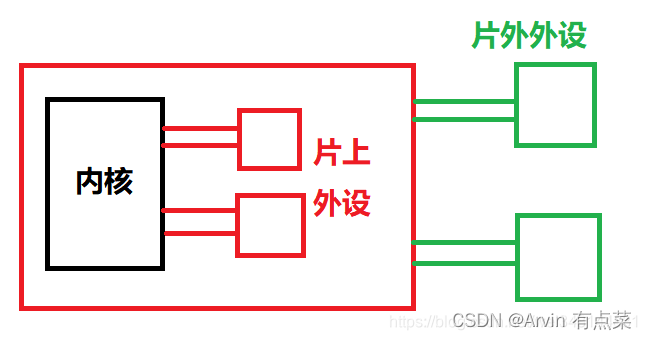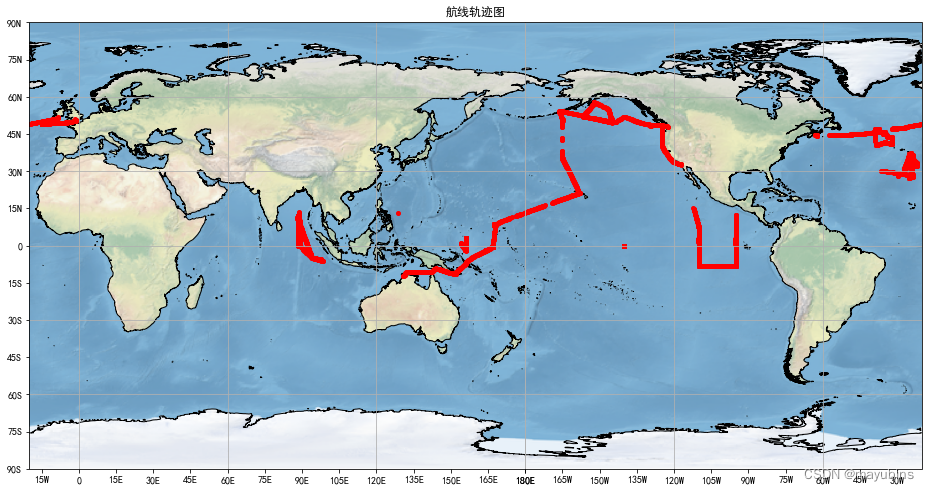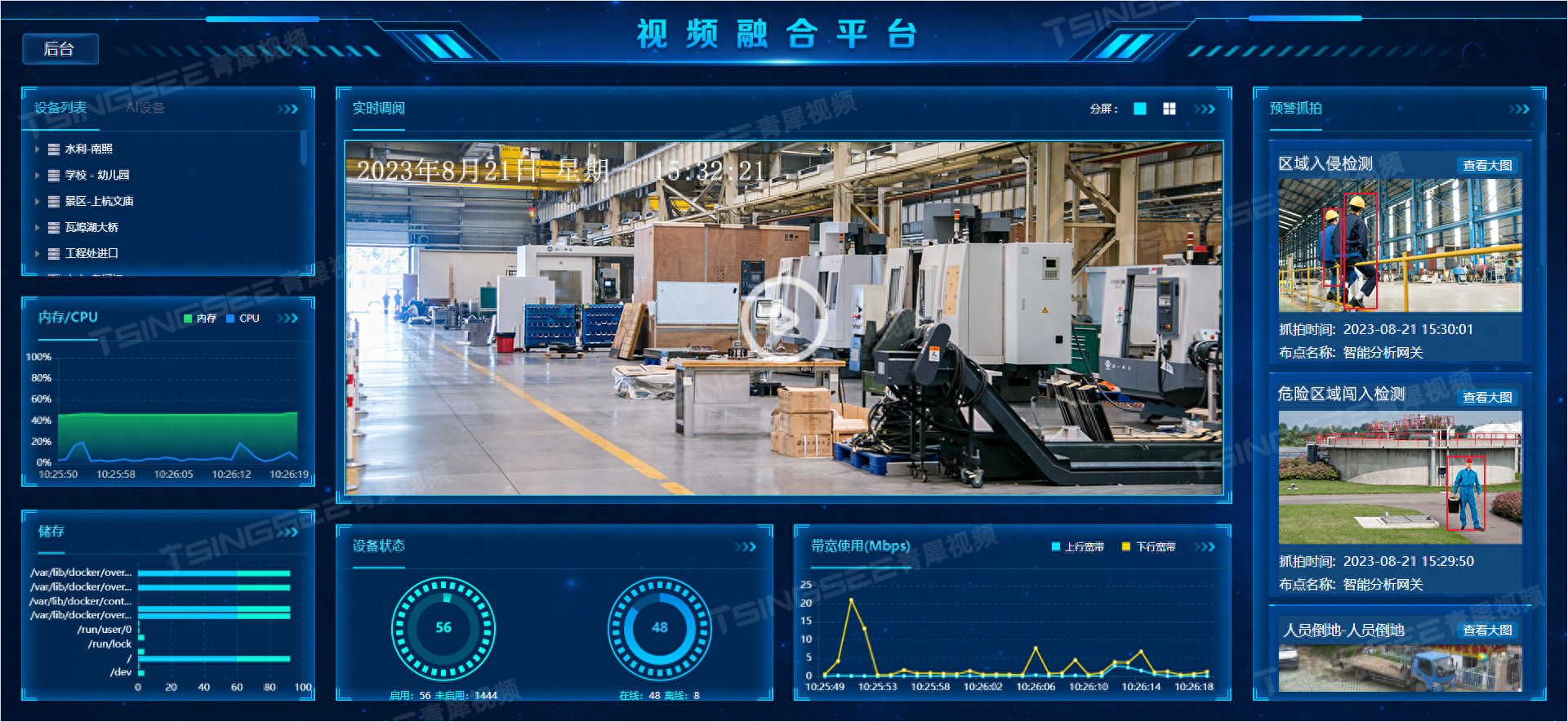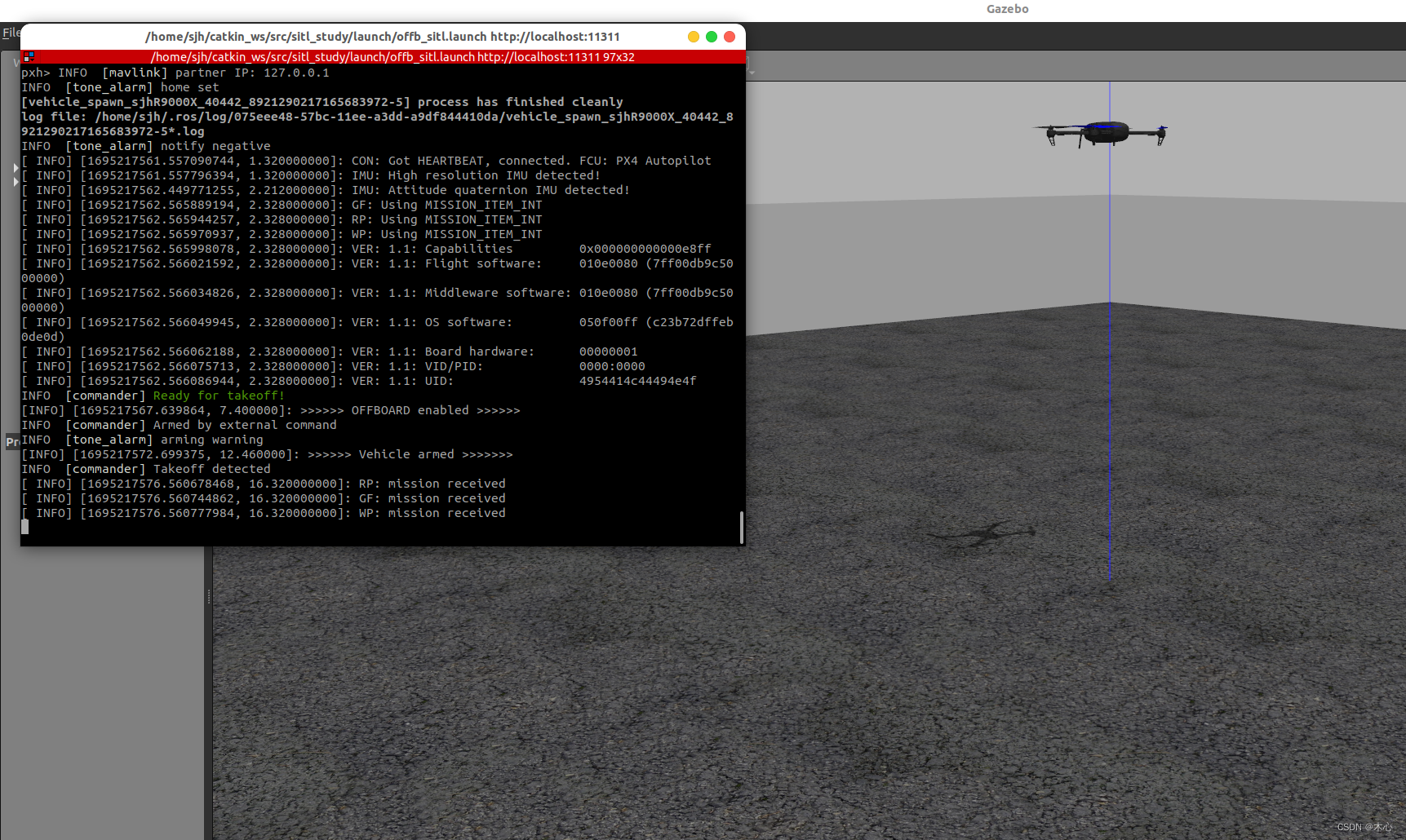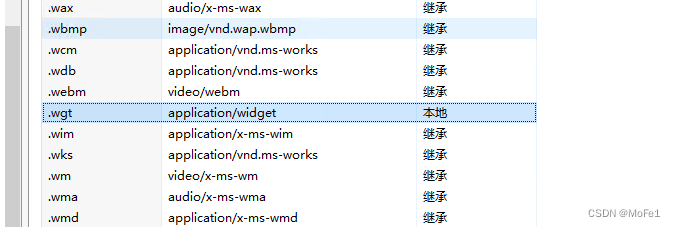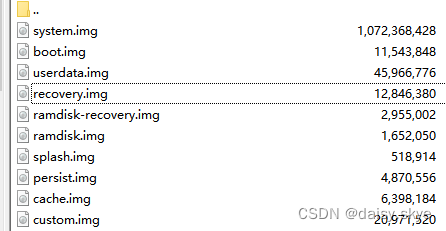文章目录
- 背景
- 入口起点分离
- 基本使用
- 防重复
- SplitChunksPlugin插件分离
- 背景
- 基本使用
- splitChunks.chunks
- splitChunks.minChunks
- splitChunks.minSize
- splitChunks.maxSize
- splitChunks.name
- splitChunks.cacheGroups
- splitChunks.cacheGroups.{cacheGroup}.priority
- splitChunks.cacheGroups.{cacheGroup}.reuseExistingChunk
- splitChunks.cacheGroups.{cacheGroup}.test
- splitChunks.cacheGroups.{cacheGroup}.filename
- 举例
- 例一
- 例二
- 例三
背景
代码分离可以说是 webpack 最牛逼的功能了,使用代码分离可以将 chunks 分离到不同的 bundle 中,比如把不经常更新的库打包到一起放在一个 bundle 中缓存起来,这样可以减少加载时间等等。
什么是 chunks?
英文原意:块,可以被 import、require等引用的模块就是 chunk
什么是 bundle?
英文原意:束,捆,包,把一个或者多个模块打包成的一个整体就叫 bundle,比如我们项目中打包后 dist 中的内容
常用的代码分离方法有两种:
- 入口起点分离:使用 entry 配置手动地分离代码
- SplitChunksPlugin插件分离
可能会遇到的问题:
- 重复问题
代码分离的技巧:
- 动态导入:通过模块的内联函数调用分离代码。
https://webpack.docschina.org/guides/code-splitting/
入口起点分离
基本使用
我们配置两个入口
const path = require('path');
module.exports = {
mode: 'development',
entry: {
index: './src/index.js',
another: './src/another-module.js',
},
output: {
filename: '[name].bundle.js',
path: path.resolve(__dirname, 'dist'),
},
};
其中 index.js 引入了 another-module.js,another-module.js引入了 lodash。
但是打包后我们发现两个文件:
index.bundle.js 553 KiB
another.bundle.js 553 KiB
也就是说如果入口 chunk 之间包含一些重复的模块,那么这些重复模块都会被引入到各个 bundle 中。当然这个也是可以解决的,只需要配置 dependOn 选项就可以防止重复。
防重复
const path = require('path');
module.exports = {
mode: 'development',
entry: {
index: {
import: './src/index.js',
// add
dependOn: 'shared',
},
another: {
import: './src/another-module.js',
// add
dependOn: 'shared',
},
// add
shared: 'lodash',
},
output: {
filename: '[name].bundle.js',
path: path.resolve(__dirname, 'dist'),
},
};
如果想要在一个 HTML 页面上使用多个入口,还需设置 optimization.runtimeChunk: ‘single’
const path = require('path');
module.exports = {
mode: 'development',
entry: {
index: {
import: './src/index.js',
dependOn: 'shared',
},
another: {
import: './src/another-module.js',
dependOn: 'shared',
},
shared: 'lodash',
},
output: {
filename: '[name].bundle.js',
path: path.resolve(__dirname, 'dist'),
},
// add
optimization: {
runtimeChunk: 'single',
},
};
shared.bundle.js 549 KiB
runtime.bundle.js 7.79 KiB
index.bundle.js 1.77 KiB
another.bundle.js 1.65 KiB
官方并不推荐多入口,既是是多入口,也推荐 entry: { page: ['./analytics', './app'] } 这种写法
SplitChunksPlugin插件分离
背景
最初,chunks(以及内部导入的模块)是通过内部 webpack 图谱中的父子关系关联的。CommonsChunkPlugin 曾被用来避免他们之间的重复依赖,但是不可能再做进一步的优化。
从 webpack v4 开始,移除了 CommonsChunkPlugin,取而代之的是 optimization.splitChunks。所以这个插件是 webpack内置的,不需要单独导入。
基本使用
如果你没有配置 optimization.splitChunks,那么 webpack 会使用这份默认配置。这里配置的目的都是表示什么样的模块可以进行分割打包,比如下面的 minSize 表示大于等于2k的模块才会被分割
module.exports = {
//...
optimization: {
splitChunks: {
chunks: 'async',
minSize: 20000,
minRemainingSize: 0,
minChunks: 1,
maxAsyncRequests: 30,
maxInitialRequests: 30,
enforceSizeThreshold: 50000,
cacheGroups: {
defaultVendors: {
test: /[\\/]node_modules[\\/]/,
priority: -10,
reuseExistingChunk: true,
},
default: {
minChunks: 2,
priority: -20,
reuseExistingChunk: true,
},
},
},
},
};
我们分析一下这些字段代表的含义:
- 默认只对按需引入的模块进行代码分割;
- 来自 node_modules 的模块,或被引用两次及以上的模块,才会做代码分割;
- 被分割的模块必须大于30kb(代码压缩前);
- 按需加载时,并行的请求数必须小于或等于5;
- 初始页加载时,并行的请求数必须小于或等于3;
接下来这里只说一些重要的字段含义:
splitChunks.chunks
可选值: function (chunk) | initial | async | all
initial表示入口文件中非动态引入的模块all表示所有模块async表示异步引入的模块
动态/异步导入
第一种,符合 ECMAScript 提案 的 import() 语法
第二种,是 webpack 的遗留功能,使用 webpack 特定的 require.ensure
splitChunks.minChunks
拆分前必须共享模块的最小 chunks 数,也就是说如果这个模块被依赖几次才会被分割,默认为1
splitChunks.minSize
生成 chunk 的最小体积,单位为子节,1K=1024bytes
splitChunks.maxSize
同上相反
splitChunks.name
用户指定分割模块的名字,设置为true表示根据chunks和cacheGroup key自动生成
可选值: boolean: true | function (module, chunks, cacheGroupKey) | string
名称可以通过三种方式获取
module.rawRequest
module.resourceResolveData.descriptionFileData.name
chunks.name
使用 chunks.name 获取的时候需要使用 webpack 的魔法注释
import(/*webpackChunkName:"a"*/ './a.js')
举例:
name(module, chunks, cacheGroupKey) {
// 打包到不同文件中了
return `${cacheGroupKey}-${module.resourceResolveData.descriptionFileData.name}`;
// 如果是写死一个字符串,那么多个chunk会被打包到同一个文件中,这样可能会导致首次加载变慢
// return 'maincommon';
// 指定打包后的文件所在的目录
// return 'test/commons';
}
splitChunks.cacheGroups
缓存组可以继承和/或覆盖来自 splitChunks.* 的任何选项。但是 test、priority 和 reuseExistingChunk 只能在缓存组级别上进行配置。将它们设置为 false以禁用任何默认缓存组。
module.exports = {
//...
optimization: {
splitChunks: {
cacheGroups: {
// 默认为 true,表示继承 splitChunks.* 的字段
default: false,
},
},
},
};
splitChunks.cacheGroups.{cacheGroup}.priority
一个模块可以属于多个缓存组,所以需要优先级。default 组的优先级为负数,我们自定义组的优先级默认为 0
splitChunks.cacheGroups.{cacheGroup}.reuseExistingChunk
如果这个缓存组中的chunk已经在入口模块(main module)中存在了,就不会引入
splitChunks.cacheGroups.{cacheGroup}.test
module.exports = {
//...
optimization: {
splitChunks: {
cacheGroups: {
svgGroup: {
test(module) {
// `module.resource` contains the absolute path of the file on disk.
// Note the usage of `path.sep` instead of / or \, for cross-platform compatibility.
const path = require('path');
return (
module.resource &&
module.resource.endsWith('.svg') &&
module.resource.includes(`${path.sep}cacheable_svgs${path.sep}`)
);
},
},
byModuleTypeGroup: {
test(module) {
return module.type === 'javascript/auto';
},
},
testGroup: {
// `[\\/]` 是作为跨平台兼容性的路径分隔符,也就是/
test: /[\\/]node_modules[\\/]/,
}
},
},
},
};
splitChunks.cacheGroups.{cacheGroup}.filename
module.exports = {
//...
optimization: {
splitChunks: {
cacheGroups: {
defaultVendors: {
filename: '[name].bundle.js',
filename: (pathData) => {
// Use pathData object for generating filename string based on your requirements
return `${pathData.chunk.name}-bundle.js`;
},
},
},
},
},
};
举例
把默认配置放在这里做对照方便查阅
module.exports = {
//...
optimization: {
splitChunks: {
chunks: 'async',
minSize: 20000,
minRemainingSize: 0,
minChunks: 1,
maxAsyncRequests: 30,
maxInitialRequests: 30,
enforceSizeThreshold: 50000,
cacheGroups: {
defaultVendors: {
test: /[\\/]node_modules[\\/]/,
priority: -10,
reuseExistingChunk: true,
},
default: {
minChunks: 2,
priority: -20,
reuseExistingChunk: true,
},
},
},
},
};
例一
// 静态引入
import lodash from 'lodash'
import(/*webpackChunkName:"jquery"*/'jquery')
import('./echarts.js')
console.log('hello world')
module.exports = {
//...
optimization: {
splitChunks: {
chunks: 'async',
name(module, chunks, cacheGroupKey) {
// 打包到不同文件中了
return `${cacheGroupKey}-${module.resourceResolveData.descriptionFileData.name}`;
},
},
},
};
lodash 是静态引入的,jquery 和 echarts 是动态引入的,而我们这里配置了 async,所以打包会分割出出动态引入的包:
// 可以看到这里的 cacheGroupKey 就是 defaultVendors,也就是默认的分组名称。
defaultVendors-jquery.js
// 主包中包含了lodash和console.log('你好')
main.js
// echarts 也是动态引入的,但是由于走的相对路径,所以name函数无法对其自定义,因为name函数是在外面,只对默认的 defaultVendors 组负责,而这个组中没有对 name 的自定义,所以就生成了默认的。
510.js
例二
那么接下来我们对 echarts 进行分组
module.exports = {
//...
optimization: {
splitChunks: {
chunks: 'async',
name(module, chunks, cacheGroupKey) {
// 打包到不同文件中了
return `${cacheGroupKey}-${module.resourceResolveData.descriptionFileData.name}`;
},
cacheGroups: {
echartsVendor: {
test: /[\\/]echarts/,
name: 'echarts-bundle',
chunks: 'async',
},
},
},
},
};
// 可以看到这里的 cacheGroupKey 就是 defaultVendors,也就是默认的分组名称。
defaultVendors-jquery.js
// 主包中包含了lodash和console.log('你好')
main.js
// 由 echartsVendor 组生成的bundle
echarts-bundle.js
例三
打包小程序的时候,如果主包依赖分包的js,会把分包的代码打包进主包的 bundle 里,这里做一下调整也用到了 splitChunks
原本是这样的,可以看到所有的包都打进了 common 里面
module.exports = {
//...
optimization: {
splitChunks: {
chunks: 'all',
name: 'common'
},
},
};
修改后
module.exports = {
//...
optimization: {
splitChunks: {
chunks: 'all',
name: 'common',
cacheGroups: {
echartsVendor: {
test: /[\\/]subpackage-echarts[\\/]/,
name: 'subpackage-echarts/echartsVendor',
chunks: 'all'
},
compontentsVendor: {
test: /[\\/]subpackage-components[\\/]/,
name: 'subpackage-components/componentsVendor',
chunks: 'all',
minSize: 0
}
}
},
},
};
可以看到,如果是分包 subpackage-echarts 和 subpackage-components,我会把打包后的 bundle 放到对应的分包文件夹里。但是我觉得这样有点硬编码了,如果后面再增加一个分包还是会有此问题,于是再修改一下
const { resolve } = require('path')
const fs = require('fs')
/**
* @function 获取分包名称
* @returns {Array} ['subpackage-a', 'subpackage-a']
*/
const getSubpackageNameList = () => {
const configFile = resolve(__dirname, 'src/app.json')
const content = fs.readFileSync(configFile, 'utf8')
let config = ''
try {
config = JSON.parse(content)
} catch (error) {
console.log(configFile)
}
const { subpackages } = config
return subpackages.map(item => item.root)
}
module.exports = {
//...
optimization: {
splitChunks: {
chunks: 'all',
name: 'common',
cacheGroups: {
subVendor: {
test: (module) => {
const list = getSubpackageNameList()
const isSubpackage = list.some(item => module.resource.indexOf(`/${item}/`) !== -1)
return isSubpackage
},
name(module, chunks, cacheGroupKey) {
const list = getSubpackageNameList()
const subpackageName = list.find(item => module.resource.indexOf(`/${item}/`) !== -1)
return `${subpackageName}/vendor`
},
chunks: 'all',
minSize: 0
},
}
},
},
};

可以看到打包后依赖分包的文件都放到了分包里,这样,不管后面怎么增加分包,都不用修改代码了。
